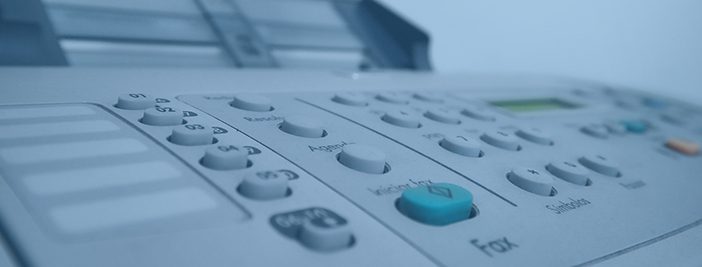They say, “Use it or lose it.”
But when it comes to old computers, printers, scanners, and other tech tools, you could lose it while you use it.
Lose time and money, that is.
Risks (and Stats) of Aging Technology
Microsoft estimates that small and medium sized businesses who use old PCs could lose up to 7 days per calendar year. Even if you don’t consider your PC to be “old” yet, computers that are more than 4 years old cost 21 hours of productivity due to repairs, maintenance, updates, and critical security fixes.
One good rule of thumb is if the cost required to maintain existing hardware reaches 66% of the price of a new computer; you should opt for a new one.
- The optimal age of PCs is no older than 4 years, beyond which they are more expensive to maintain than replace.
- A PC which is 4+ years old is 2.7 times more likely to be repaired, resulting in 112 hours of productive time lost.
- The total cost of owning a 4+ year old PC is $2,736, enough to replace with two or more newer PCs.
And while lost productivity can add up to a big financial bite, the real risk of outdated technology is to your security.
Technology gets updated for a lot of reasons, including to add new features, to integrate better with other software or hardware, and most importantly, to fix vulnerabilities.
Your cell phone, for example, probably pushes out software updates every few months or so. Sometimes it may be to roll out new emojis or to add new smart information features to your photo apps. Other times, they may inform you of new permission settings you can change or to provide a new arrangement of settings to make your options clearer and give you more control. Often, however, software updates send out a patch or fix to a security issue that has been proven to be exploited.
That last kind is the most critical. Because as anyone in either the physical or cyber security industry will tell you: once they get in is when they can do the most damage. The goal is to keep them out.
So when you have a business network with both modern and legacy technology, it is crucial that you don’t forget about the older equipment that probably isn’t still getting those automatic updates. You need to make sure everything is protected so those older vulnerabilities don’t let criminals in.
Integrating Old Equipment with Your Modern Network
We know it’s not always feasible to replace technology on the recommended schedule. You may still have the same large office printer from 2004. Or that fax machine from 1992. As long as it still works, everyone’s happy, right?
Not exactly.
Machines built 20 years ago weren’t focused on cybersecurity. The threats we see in our email every day and the attacks our firewalls fight off constantly didn’t exist for SMBs back then. So that equipment likely doesn’t have any built-in protections. And many business owners and even some IT professionals think of machines like that as dinosaurs, not something you need to inventory or worry about.
But hackers aren’t writing them off. There’s a term now called “faxploitation” that refers to the hijacking of old fax machines. So you can’t afford to forget about them either.
To describe it in another way, think of your back door:
You’re about to go away for the weekend. You’ve got everything packed up, you’ve locked the door, and you’re setting the alarm.
But you didn’t think about the doggy door flap for Rex, your 11-year-old German Shepherd. You’ve had it so long you don’t even think about it anymore.
But that doggy door is big enough for a person. And the alarm sensor only goes off if the door pulls away from the door jam.
So while you’re away enjoying your weekend, burglars are walking freely through the rooms of your house, picking out the jewelry they can resell, taking your electronics, etc.
All because you forgot about the dang doggy door.
Don’t let that happen to your business.
3 Ways to Protect Your Legacy Technology
There are steps your IT services provider can take to ensure that your old printer and fax still have connections for your employees to use on the network without leaving them wide open to the rest of the Internet and world.
- Ask them to perform a complete audit. Make sure this includes items such as fax machines, printers, scanners, and landlines, even if they are not ‘currently’ being used.
- Go through the audit to check for redundant items that can be removed. Discuss your options for safe disposal of any machines you are ready to get rid of, and put a process in place for maintaining security on all equipment that you’re going to keep.
- Ask them about encryption, segmentation, changing default settings, and firmware updates for old equipment that you’re going to leave connected to your network.
Ideally, you have an IT partner like Infinity who provides you with expected end-of-life announcements and timelines for big-ticket projects like server replacements so you can budget and plan ahead years out. Whether these discussions happen quarterly or annually, they should include the question of any legacy equipment. You should feel confident that they will provide the best protection possible, and they should be completely comfortable with you asking about it. If that’s not the case, give us a call at (912) 629-2426.
